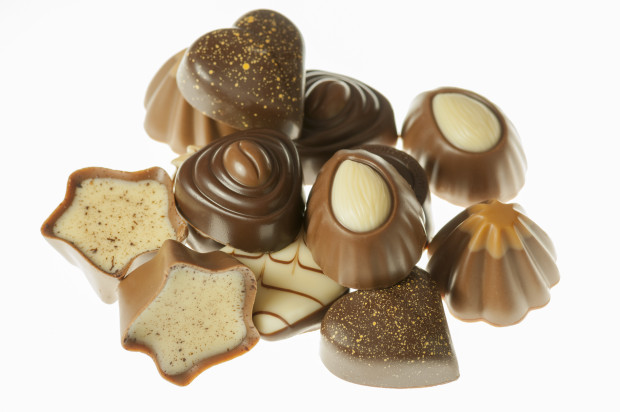Keep an eye on chocolate. It may save the world. In the scenario planning discipline we call side conversations about potentially big things a weak signal. It is an early cry of “wolf” in a world filled with potential catastrophes. Sometimes, that cry is heard, and in the case of Rachel Carson’s Silent Spring, DDT was eradicated, albeit not until a decade after the book. But through action, Carson, the Environmental Defense Fund and thousands of individuals moved the federal government to a banning of DDT (See Scientific American on Carson and Silent Spring here). They achieved this during the cold war, the space race, the Nixon presidency and the cultural transformation that was the 1960s.

In many ways, chocolate is more complex. Chocolate is threatened by climate change, disease and new sources of demand that are outstripping the slow growing fruit’s ability to meet demand from increasing populations in places like China and India. News outlets are picking up the cry of Chocolate. ABC , The Atlantic and National Geographic have run stories that pull on the heartstrings of those in love as they posit a Valentine’s Day twenty years hence that is chocolateless. Ghana’s Nature Conversation Research Center anticipates that chocolate will be as rare and as expensive as caviar.
The reaction to chocolate’s demise can’t be anticipated with any accuracy. Outside of some blog posts and reports, there doesn’t seem to be a social or political movement aimed at curing the global ills that threaten chocolate. If people and organizations don’t stand-up like Rachel Carson and the EDF, then chocolate may indeed become a rare commodity, traded at high prices over private exchanges and managed by cartels with less corporate responsibility than the likes of Hershey or Nestle. Will we end up trading conflict chocolate.
Action of course, could lead to a concerted effort to thwart deforestation. It could also lead to even more research into genetically modified organisms, or GMOs. If a cure for the witch’s broom fungus is found, perhaps an acceptance of technological intervention will follow. Today cacao farmers face $75M in annual loses due to disease. But this work may be both disease preventative and change the growing patterns of a plant that can take up to ten years to reveal if a modification has made it both disease resistant and tasty. Will an existential threat to chocolate allow science to experiment on the beloved food?
And then there is climate change. Climate change is narrowing the band around the equator, the 20/20 zone which is nearly the only place that Cacao can grow, and it is the only place the plant produces its much sought after seeds. Will warming lead to a larger band? Will people look at climate change a good thing, balancing wide equatorial heat zone against fears of scientifically engineered foods? Or will people get behind GMOs because affects of climate change are so unpredictable they don’t want to simply hope that chocolate can be saved by a larger habitat, they want to proactively ensure its survival.
Increased demand is accelerating deforestation, leading to soil erosion and poorer growing conditions for cacao crops, producing plants with shorter lifespans. Will China’s influence in Africa create, as colleague Myk Garn suggested, “conflict chocolate” as China influences supply routes and protects crops for their own use?
Disease. Deforestation. Overconsumption. GMOs—a pretty potent combination of factors that people must engage in order to preserve chocolate. Will chocolate help people see the relationships between these factors? Will they act or wait for others? Will some more complex, holistic solution be profited? Will there be some breakthrough that doesn’t deal with consumption or climate change, or introduce GMOs? Or will the weak signal get ever weaker amid other signals until one day the prophecy comes true, and only the rich can afford an ever dwindling supply of chocolate?
Will Chocolate Legitimize GMOs and Climate Change?
Will a threat to chocolate save the world?
As a scenario planner I must ask and watch. And of course, if I want my Snickers bar in 2035 then I should probably also figure out what I want to do to save it.


